- Written By Team DWS
- Festivals
- August 08, 2024
Traditions and Rituals: How to Celebrate Janmashtami at Home
Janmashtami stands out as a prominent Hindu festival, symbolizing the birth of Lord Krishna, who is revered as a divine incarnation of Lord Vishnu. This vibrant festival is filled with joyful rituals, delicious food, and spiritual fervor. Celebrating Janmashtami at home can create lasting memories and deepen our connection to this joyful occasion. In this blog post, we'll explore various traditions and rituals that can make your Janmashtami celebrations special, along with tips on how to celebrate it meaningfully at home.
Understanding Janmashtami
Before we dive into the celebrations, it’s essential to understand the significance of Janmashtami. The festival is observed on the eighth day (Ashtami) of the month of Shravana, as per the Hindu lunar calendar. Devotees believe that Lord Krishna was born at midnight to Queen Devaki and King Vasudeva in the city of Mathura. Therefore, the celebration includes various rituals that honor this divine birth.
-dws638587605462105283.jpg)
Preparing for the Celebration
1. Cleaning and Decorating the Home
Preparation for Janmashtami begins with cleaning and decorating your home. A tidier space sets the tone for the festivities to come:
- Deep Cleaning: Ensure your home is spotless. This can involve dusting, vacuuming, and scrubbing floors.
- Rangoli: Create beautiful Rangoli designs at the entrance of your home to welcome Lord Krishna. Use colored powders, flowers, or rice to make intricate patterns.
- Decoration: Adorn your home with colorful garlands, flowers, and lights. You can also utilize peacock feathers and cow motifs, as they symbolize Krishna.
2. Preparing an Ikebana or Altar
Set up a special area or altar where you can place idols or pictures of Lord Krishna. Here’s how to create a vibrant altar:
- Idol/Picture: Place an idol or photo of Lord Krishna in a prominent position. Decorate it with fresh flowers, especially yellow roses and white lilies.
- Diya and Incense: Light diya (oil lamps) and incense sticks to create a serene atmosphere.
- Offerings: Arrange for offerings such as fruits, sweets, butter, and other items Krishna is fond of.
Rituals to Follow
Celebrating Janmashtami at home involves a series of rituals that can be performed with family.
1. Fasting
Many devotees observe a fast on Janmashtami, either by refraining from food or choosing to eat only fruits and milk. Fasting signifies devotion and self-discipline.
- Types of Fasts: Depending on your spiritual level, you can choose to fast completely or follow a partial fast, having only milk, fruits, and nuts.
- Breaking the Fast: The fast is traditionally broken at midnight, coinciding with Lord Krishna's birth.
2. Bhajan and Kirtan
Music is an essential aspect of Janmashtami celebrations. Singing bhajans (devotional songs) and kirtans (congregational singing) helps create a spiritual atmosphere.
- Bhajan Singing: You can either play recorded bhajans or invite family and friends to sing together. Popular bhajans dedicated to Lord Krishna include "Achyutam Keshavam" and "Hare Krishna Mahamantra."
- Instruments: If you have musical instruments at home, use them to enhance the experience by playing harmonium, tabla, or dholak.
3. Janmashtami Puja
Conducting a puja (worship ritual) is central to Janmashtami celebrations. Here’s a simple puja procedure:
- Gather Puja Items: Collect items such as flowers, fruits, sweets (like laddoos and peda), a diya, incense sticks, and a bell.
Puja Process:
- Begin by washing your hands and feet.
- Set your intention for the puja and light the diya.
- Offer flowers and fruits to Lord Krishna while chanting prayers.
- Perform aarti by circling the diya in front of the idol and ringing the bell.
- Conclude with a prayer for peace and happiness.
The Midnight Celebration
Since Lord Krishna is believed to be born at midnight, the moment is pivotal to Janmashtami festivities.
1. Krishna Janma (Birth)
As the clock strikes midnight, gather your family to celebrate Krishna's birth:
- Spiritual Preparation: Begin by preparing a peaceful atmosphere at home. Clean and decorate the space with flowers, lights, and colorful rangoli designs to create a festive ambiance.
- Offer Prayers: Gather your family and start the celebration with heartfelt prayers and chants. Recite mantras or hymns dedicated to Lord Krishna, such as the "Bhagavad Gita" verses or "Krishna Ashtakshara Mantra."
- Lighting of Diyas: Light oil lamps (diyas) and candles around the home to symbolize the arrival of divine light. Encourage each family member to light a diya in honor of Lord Krishna.
- Midnight Bhajan Session: Sing devotional songs (bhajans) and hymns that glorify Lord Krishna. Create a joyous atmosphere by involving everyone in singing and dancing.
- Krishna Idol/Deity Worship: If you have an idol or a picture of Lord Krishna, place it in a decorated cradle (jhula) and perform aarti. Offering flowers, fruits, and sweets can enhance the sanctity of the moment.
- Prepare Sweet Treats: Celebrate with traditional sweets such as laddoos, kheer, and butter (since Krishna is often depicted as a lover of butter). Involve the family in cooking these treats together.
- Storytelling: Share enchanting stories from Krishna’s childhood, such as the tales of his mischievous antics in Vrindavan. Narrating these stories can bond the family and deepen their understanding of Krishna's significance.
- Dance and Play: Engage in joyful dances and traditional games that symbolize Krishna’s playful nature. This can include activities like "Dahi Handi" or simple family games that embody the festival spirit.
- Community Involvement: If possible, invite relatives or neighbors to join the celebration. Sharing joy with the community fosters a sense of togetherness and strengthens bonds.
- Reflect and Share Blessings: As the celebration winds down, take a moment to share reflections and blessings for one another. Encourage family members to express their hopes and wishes for the year ahead, inspired by Krishna's teachings of love and service.
This celebration can be a powerful way to connect with faith, family, and traditions while cherishing the joyous arrival of Lord Krishna.
-dws638587605731185266.jpg)
Janmashtami FAQs: Everything You Need to Know About This Divine Celebration
1. What is Janmashtami?
Janmashtami is a Hindu festival that celebrates the birth of Lord Krishna, the eighth avatar of Lord Vishnu. It is observed on the eighth day of the month of Bhadrapada in the Hindu lunar calendar.
2. When is Janmashtami celebrated?
Janmashtami is celebrated on the eighth day (Ashtami) of the dark fortnight (Krishna Paksha) of the month of Bhadrapada. The date varies each year according to the lunar calendar. In 2023, Janmashtami will be celebrated on September 6th.
3. Why is Janmashtami important?
Janmashtami is important to devotees as it commemorates the arrival of Lord Krishna on Earth. Krishna's life and teachings play a vital role in Hindu philosophy, emphasizing love, compassion, duty, and righteousness.
4. How is Janmashtami celebrated?
Celebrations vary widely, but common practices include fasting, singing devotional songs, reenacting scenes from Krishna's life, and performing traditional dances. Many people also decorate their homes and temples with flowers, peacock feathers, and images of Krishna. Janmashtami-inspired jewellery allows you to celebrate the vibrant culture and spirituality of the occasion, featuring motifs like peacocks, flutes, and leaves that symbolize Lord Krishna, adding a unique and festive touch to your attire while expressing your devotion and joy.
5. What are some common rituals performed during Janmashtami?
Key rituals include:
- Dahi Handi: A lively festival where teams create towering human structures to smash clay pots brimming with yogurt, celebrating the playful spirit of Lord Krishna.
- Midnight prayers: Many devotees perform puja at midnight, the time traditionally believed to be when Krishna was born.
- Fasting: Many devotees observe a day of fasting or moderation in food consumption.
6. What foods are associated with Janmashtami?
Devotees often prepare specific sweets and snacks, such as:
- Paneer (cheese) dishes
- Chappal (flatbreads)
- Sweets like laddus and pedas
- Fruits and milk products, which are favorites of Lord Krishna
7. Is Janmashtami celebrated in the same way everywhere?
No, Janmashtami is celebrated in various ways across different regions of India and the world. In some places, elaborate processions and theatrical performances based on Krishna's life are held, while in others, the focus may be on home rituals and temple celebrations.
8. What is the significance of the 'dahi handi'?
The 'dahi handi' ritual symbolizes the playful and mischievous nature of Krishna, who is often depicted stealing butter. It represents the triumph of good over evil and the unity of the community as they come together to form human pyramids.
9. Are there any special prayers or chants for Janmashtami?
Yes, devotees often recite prayers such as the "Bhagavad Gita," songs like "Govind Bolo" and "Kanha Soja Zara," and various hymns dedicated to Lord Krishna.
10. Can non-Hindus participate in Janmashtami celebrations?
Absolutely! Janmashtami is an inclusive festival, and everyone is welcome to participate in the celebrations, learn about the traditions, and appreciate the cultural significance of Lord Krishna's life.
Feel free to adjust or elaborate on any of these questions based on the context you need!
Popular on Blogs
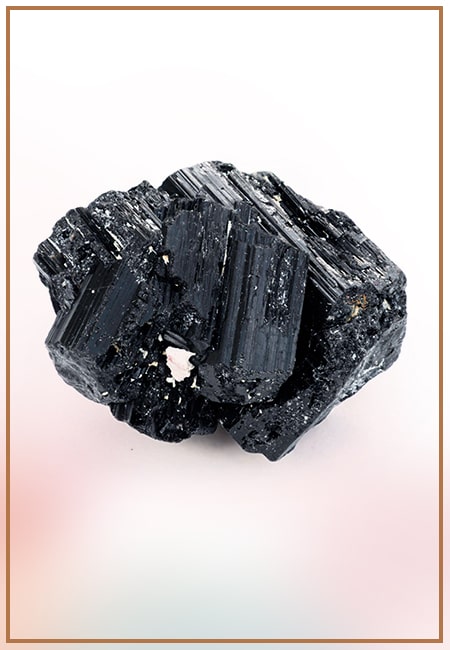
Black Tourmaline: Meaning, Healing Properties, Fascinating Facts, Powerful Attributes, Versatile Uses, and Beyond
September 05, 2023 / BY Team DWS
Black Tourmaline, also known as Schorl, is a highly revered crystal with incredible metaphysical properties. It derives its name from the Dutch word "turamali," meaning "stone with ..
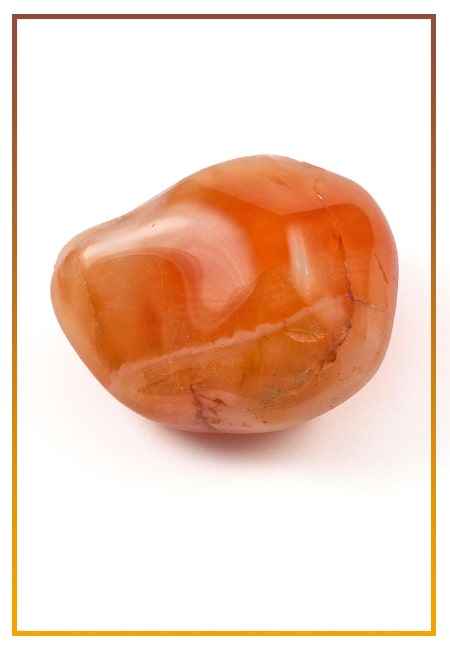
Carnelian Stone: Meaning, Healing Properties, Power, Facts, Color, Uses and More
December 26, 2023 / BY Team DWS
Carnelian is a vibrant and captivating gemstone that holds a plethora of meanings, healing properties, and powers. Its warm and fiery energy makes it a popular choice among crystal ..
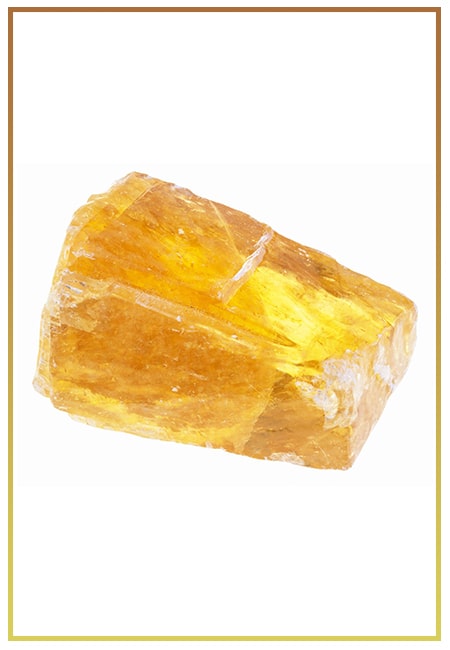
Citrine: Exploring its Meaning, Healing Properties, Fascinating Facts, Powers, Versatile Uses, and Much More
November 18, 2023 / BY Team DWS
Citrine, with its warm golden hues, has captured the attention and imagination of people for centuries. This beautiful gemstone, commonly associated with wealth and prosperity, hol ..

Black Onyx: Unveiling the Meaning, Healing Properties, Fascinating Facts, Powerful Attributes, Versatile Uses, and Beyond
July 25, 2023 / BY Team DWS
Black Onyx, a striking gemstone admired for its deep black hue and elegant appearance, has captivated people for centuries. In this comprehensive guide, we will delve into the mean ..

Unveiling the Mysteries of Turquoise Stone: Exploring its Meaning, Healing Properties, Power, Facts, Color, Uses, and More
December 05, 2023 / BY Team DWS
Turquoise, with its captivating blue-green hue, has been adorning jewelry and artifacts for centuries. This striking stone has a rich history, rich symbolism, and a plethora of int ..
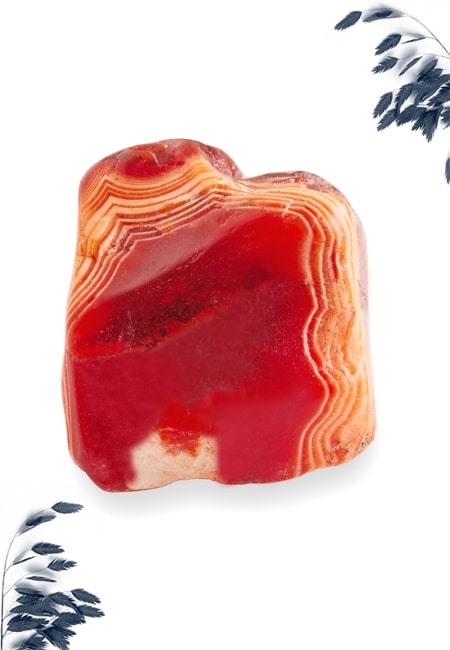
The History Behind The Popularity of Red Agate
December 23, 2022 / BY Team DWS
An Agate is a type of magma rock that takes many years till it is washed out naturally into the water. And that is the reason this stone has elements of water. This beautiful stone ..

Plan a Perfect Valentine's Week with Our Valentine Week List 2025
January 22, 2024 / BY Team DWS
Valentine's Day is undoubtedly the most romantic day of the year, but we believe that one day is just not enough to express your love and make your partner feel special. That's why ..
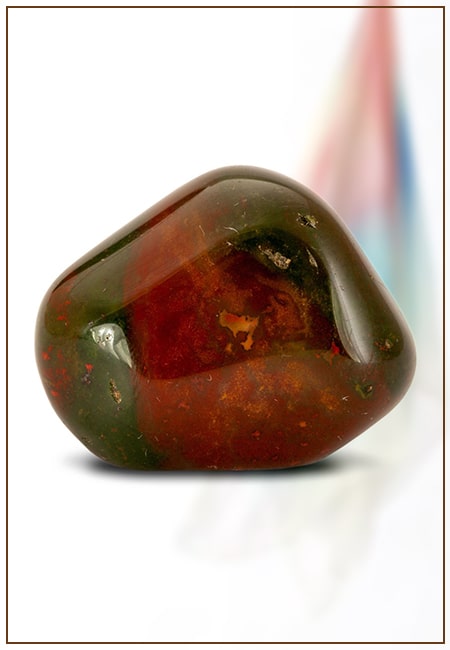
Bloodstone: Unveiling the Meaning, Healing Properties, Facts, Powers, Uses, and More
August 21, 2023 / BY Team DWS
Bloodstone, with its captivating deep green color with specks of red, is a mesmerizing gemstone that has fascinated civilizations for centuries. It possesses unique healing propert ..


